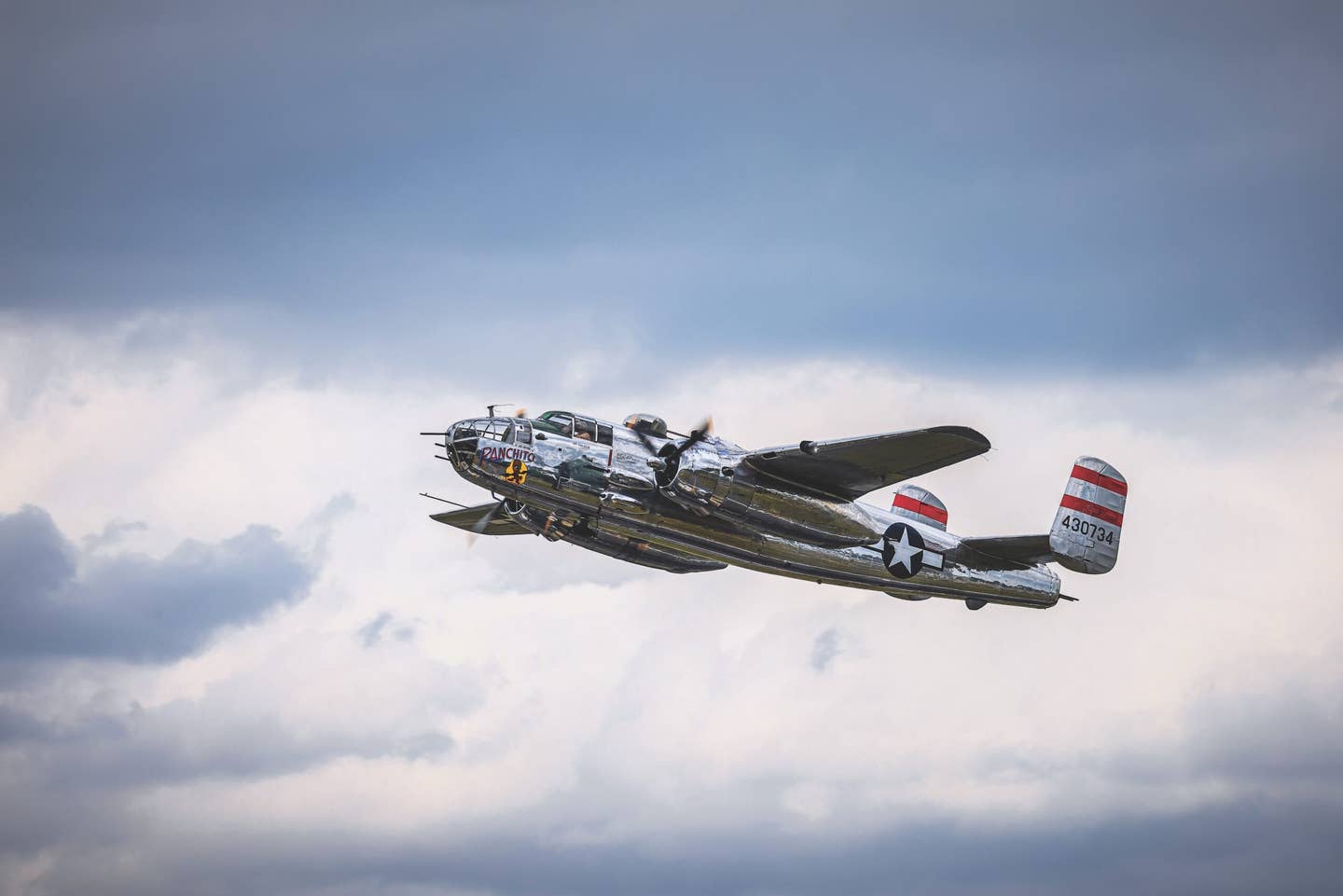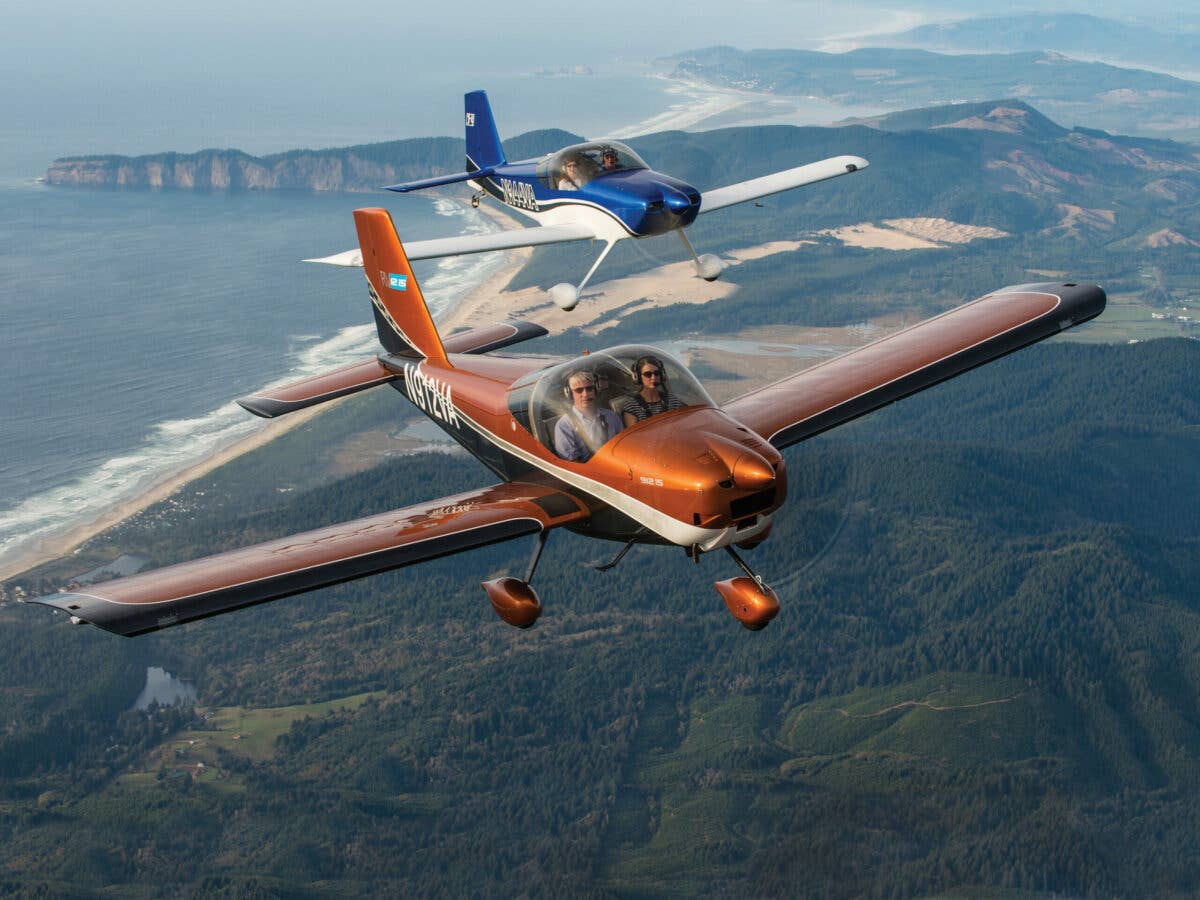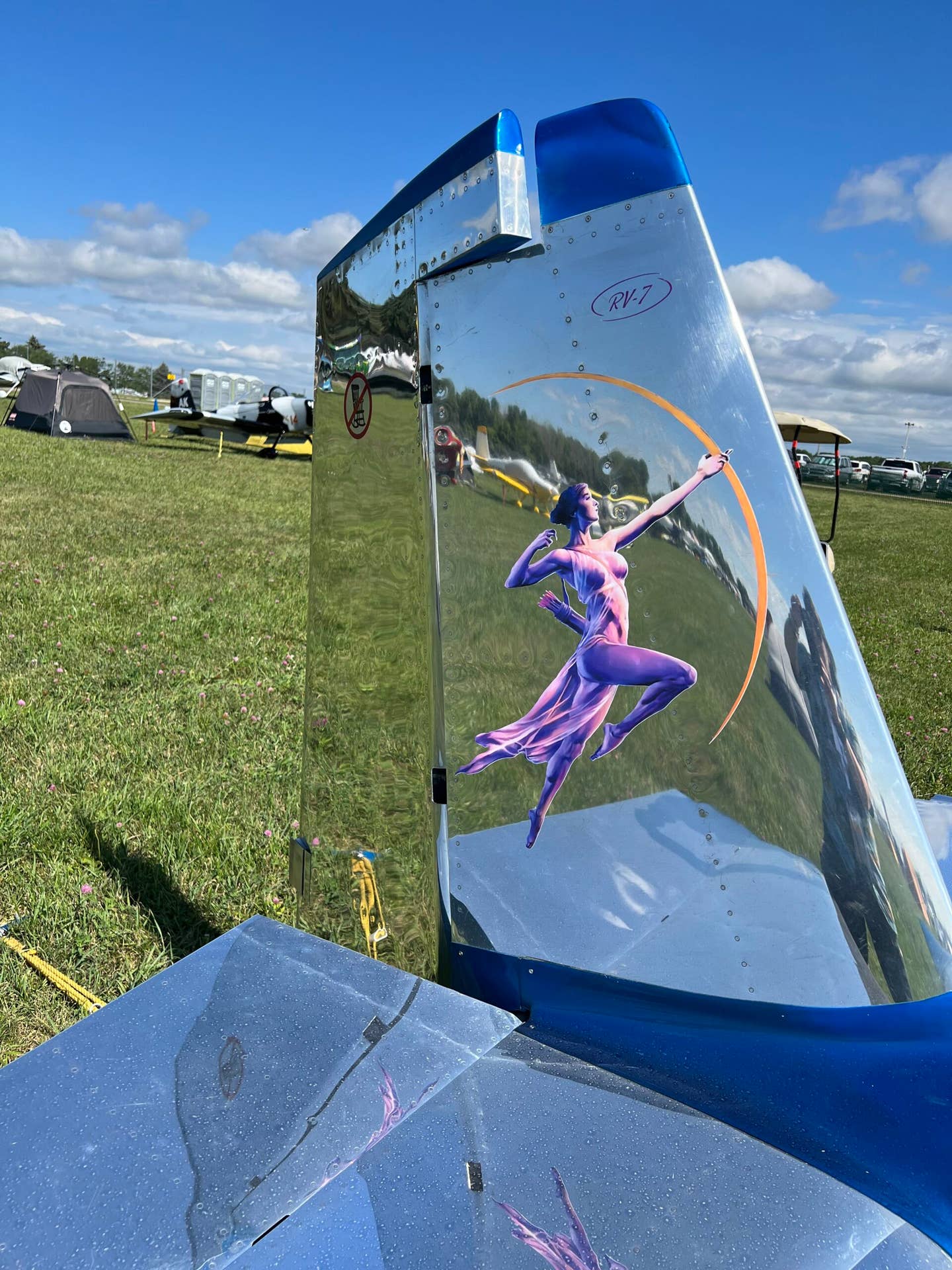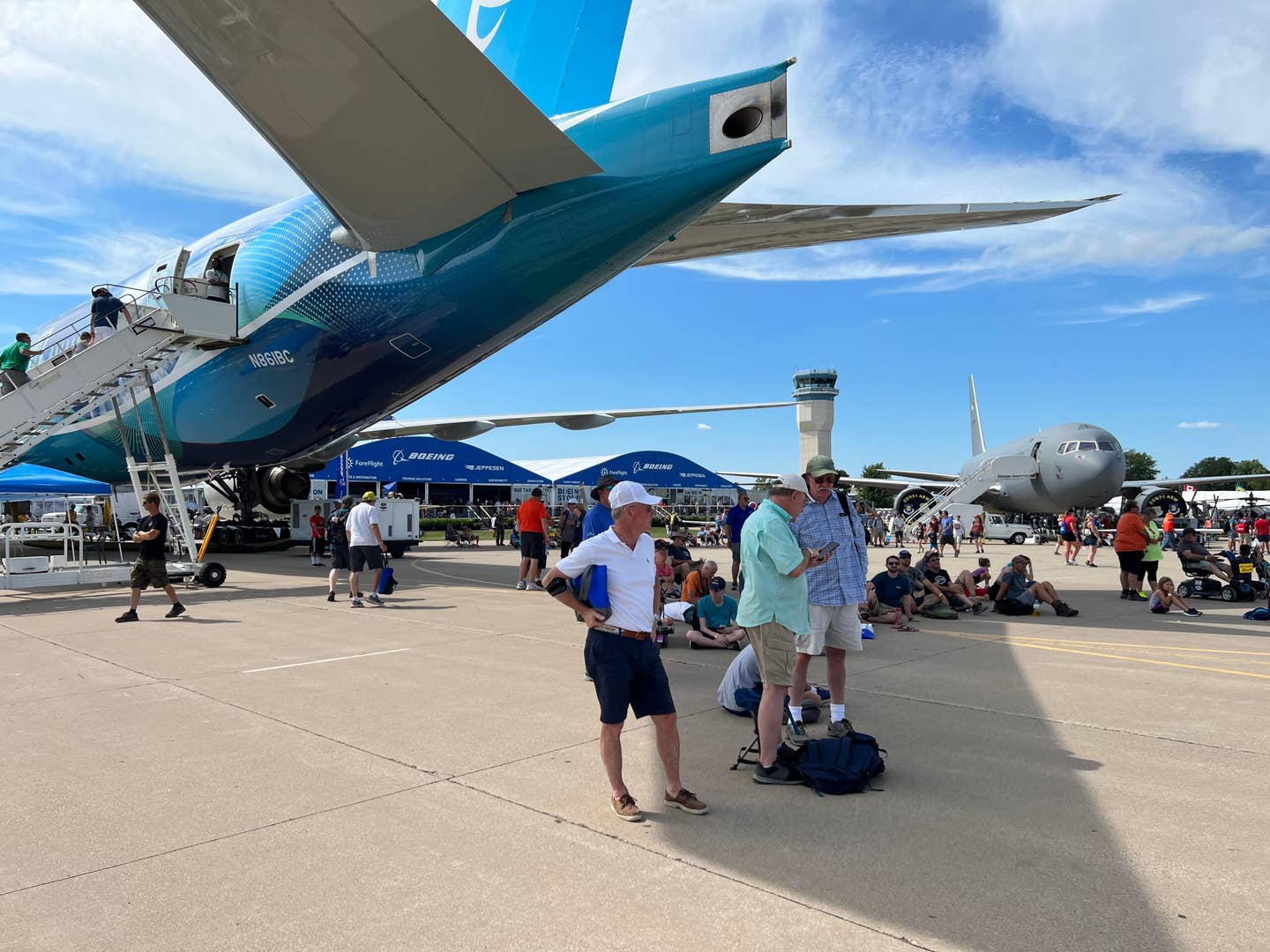
Dead or alive? Just as with certain celebrities who have been around for so long we might forget whether they're still with us, or not, airplanes of a certain vintage can be hard to keep track of. How many, if any, of a long abandoned design are still flying? Sadly, the answer most often is, "none." But sometimes you get a nice surprise, and thanks to the dedicated work of a few fanatics, a number of rare birds are still taking wing. With that in mind, here's a small collection of airplanes that you probably thought were dead (or at least permanently mounted to a post in the ground) but which happily are still flying up a vintage storm.
Get online content like this delivered straight to your inbox by signing up for our free enewsletter.

Sign-up for newsletters & special offers!
Get the latest FLYING stories & special offers delivered directly to your inbox






